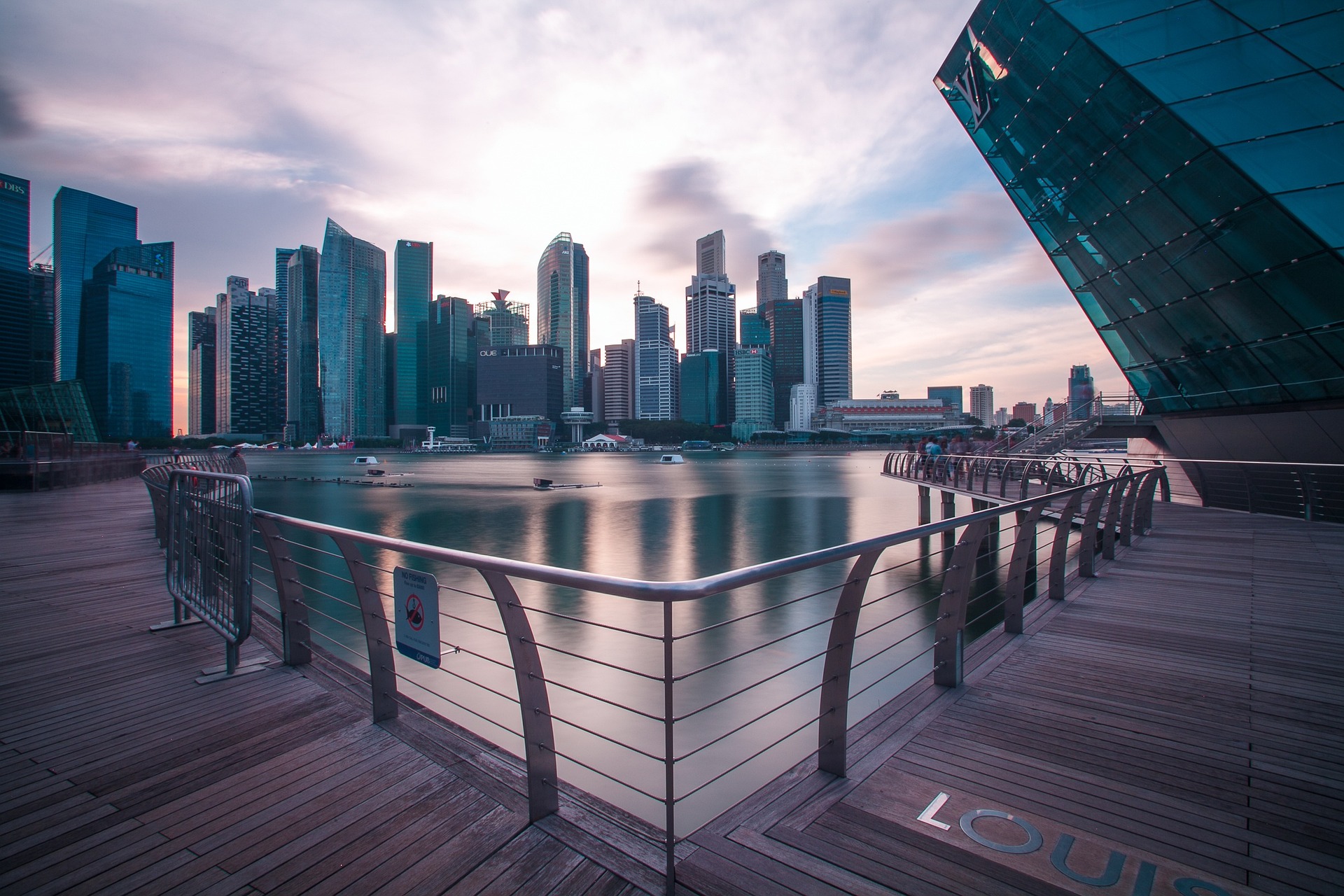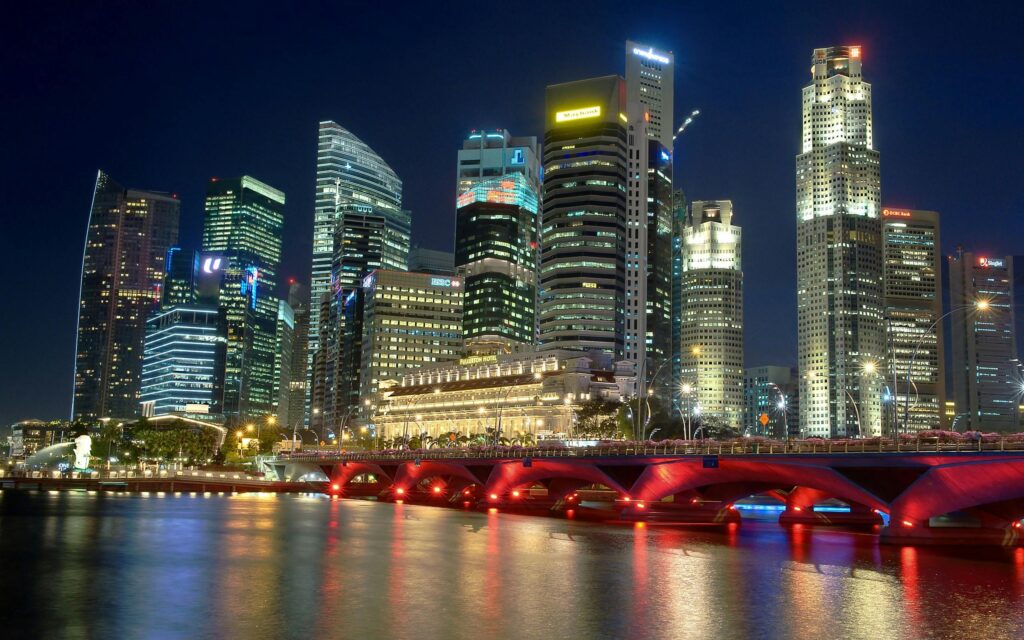Singapore
Singapore, a sovereign city-state and island nation in Southeast Asia, is renowned for its remarkable economic success, modern infrastructure, and diverse, multicultural society. Located at the southern tip of the Malay Peninsula, Singapore is one of the world’s most significant financial and trading hubs, with a population of approximately 5.7 million people. Despite its small size, Singapore’s influence and prosperity make it a global powerhouse.
Historical Background
Singapore’s history is a tale of transformation from a small fishing village to a global city. The island’s strategic location along major maritime routes has made it an important port since ancient times. However, it was the establishment of a British trading post in 1819 by Sir Stamford Raffles that marked the beginning of modern Singapore.
Under British rule, Singapore quickly grew into a major port, attracting immigrants from China, India, and the Malay Archipelago. The island’s population swelled, and its economy flourished as a free port, facilitating trade between the East and West. During World War II, Singapore was occupied by Japanese forces, a period that left a lasting impact on the local population.
After the war, Singapore returned to British control, but the momentum for independence grew. Singapore briefly joined the Federation of Malaysia in 1963 but was expelled in 1965, leading to its emergence as an independent republic. The early years of independence were challenging, with issues such as unemployment, housing shortages, and a lack of natural resources.
Under the leadership of Prime Minister Lee Kuan Yew, Singapore embarked on a rapid modernization and industrialization program. The government’s emphasis on education, infrastructure development, and attracting foreign investment transformed Singapore into one of the world’s wealthiest nations within a few decades.
Cultural Diversity and Social Harmony
Singapore is known for its multiculturalism, with a population comprised primarily of Chinese, Malays, Indians, and Eurasians. This diversity is reflected in the country’s four official languages: English, Mandarin, Malay, and Tamil. English serves as the lingua franca and is widely used in government, education, and business.
The Chinese community, the largest ethnic group, practices a mix of Buddhism, Taoism, and Christianity. Chinese festivals like Lunar New Year are major cultural events, celebrated with great enthusiasm across the island.
The Malay community, the indigenous people of Singapore, is predominantly Muslim, and Islamic traditions play a significant role in the country’s cultural landscape. Hari Raya Puasa and Hari Raya Haji are important Islamic holidays celebrated with prayers, feasts, and communal activities.
The Indian community, mainly Tamil-speaking, is largely Hindu, with a significant number of Sikhs, Muslims, and Christians. Deepavali, the Festival of Lights, is a key celebration, and Little India is a vibrant cultural district showcasing Indian culture, food, and traditions.
Singapore’s government has been highly successful in promoting racial and religious harmony, with policies that emphasize social cohesion, meritocracy, and multiculturalism. The country’s unique cultural blend is showcased in its festivals, food, and public holidays, where different traditions coexist harmoniously.
Urban Development and Modern Infrastructure
Singapore is often hailed as a model city-state for its urban planning and development. The city is a blend of old and new, with historic neighborhoods like Chinatown, Kampong Glam, and Little India preserving the cultural heritage, while the downtown core boasts modern skyscrapers and architectural marvels like the Marina Bay Sands and Gardens by the Bay.
Housing and public amenities in Singapore are among the best in the world, with over 80% of the population living in government-subsidized HDB (Housing Development Board) flats. The city’s public transport system, including the MRT (Mass Rapid Transit) and an extensive bus network, is efficient, affordable, and well-maintained, making it easy to navigate the island.
Singapore is also a global leader in environmental sustainability, with initiatives like the Garden City campaign, which has turned the island into a green oasis. The city is dotted with parks, nature reserves, and green spaces, including the Singapore Botanic Gardens, a UNESCO World Heritage site, and Sentosa Island, a popular resort destination.
Economic Powerhouse
Singapore’s economy is one of the most open, competitive, and innovative in the world. The country has no natural resources, but its strategic location, business-friendly policies, and highly skilled workforce have made it a global hub for finance, trade, and logistics. The Port of Singapore is one of the busiest in the world, and Changi Airport is a major aviation hub.
The government has successfully diversified the economy, with key sectors including electronics, biotechnology, financial services, and tourism. Singapore is also at the forefront of digital innovation, with investments in smart city technologies, cybersecurity, and fintech.
Tourism is a significant contributor to Singapore’s economy, with attractions such as Sentosa Island, Universal Studios, Orchard Road, and the Singapore Zoo drawing millions of visitors each year. The city’s rich cultural heritage, vibrant food scene, and shopping opportunities make it a popular destination for travelers from around the globe.
Singapore is also known for its education system, which consistently ranks among the best in the world. The country’s universities, such as the National University of Singapore (NUS) and Nanyang Technological University (NTU), are highly regarded internationally, attracting students and researchers from across the globe.
In summary, Singapore is a remarkable example of a small nation that has achieved extraordinary success through strategic planning, cultural diversity, and a strong commitment to innovation and sustainability. Its transformation from a colonial trading post to a global city is a testament to its resilience and forward-thinking approach, making Singapore a leading player on the world stage.
Posts
FAQ
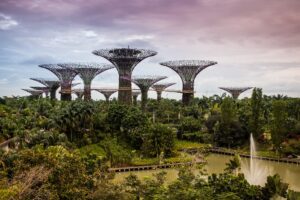
Singapore’s tropical climate means it’s a year-round destination. However, the months between February and April are often considered ideal, with lower rainfall and pleasant temperatures.
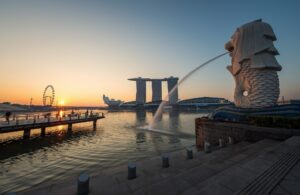
Certainly. Singapore caters to a spectrum of budgets. From luxurious accommodations and high-end shopping on Orchard Road to affordable street food and budget-friendly activities.
Singapore maintains a high standard of cleanliness. Also, strict regulations, public awareness, and regular cleaning efforts contribute to the city’s pristine environment
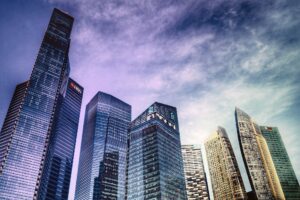
Singapore embraces technology, reflected in its smart city initiatives, digital infrastructure, and the widespread use of advanced technologies in various aspects of daily life.
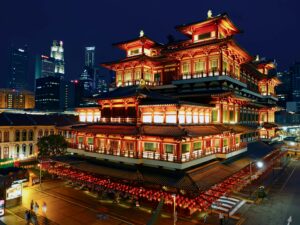
Explore Chinatown for its historical charm. Moreover, explore The Little India for vibrant markets, and Kampong Glam for a taste of Malay and Arab cultures.


